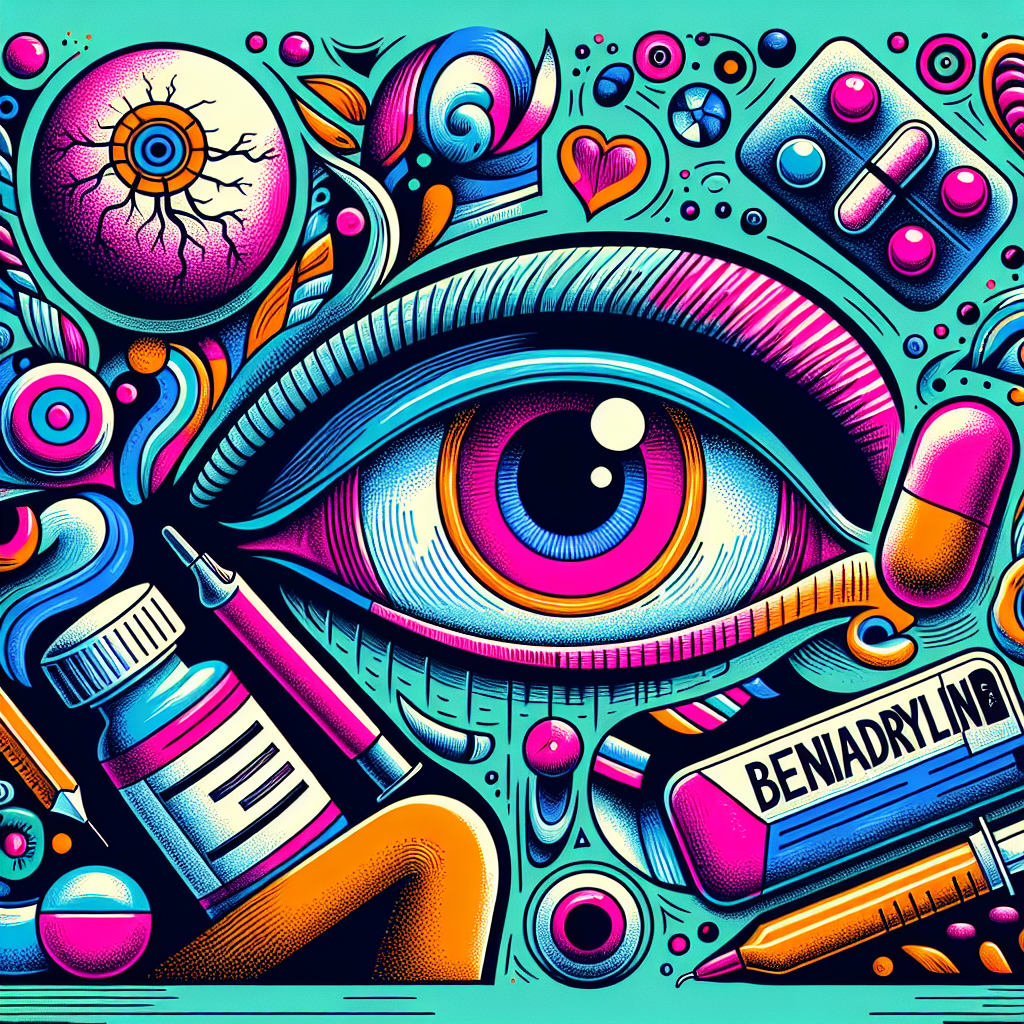Introduction
Imagine waking up one morning with your eyes glued shut, surrounded by an aura of itchiness and discomfort. You may not have journeyed to a distant land overnight, but you’ve certainly landed on the shores of a pink eye infection. Pink eye, or conjunctivitis, is a common condition that can make your everyday life feel like a sandstorm of irritation. But what if a simple allergy medication like Benadryl could be the oasis you need? Let’s dive into whether Benadryl can provide relief for adults battling pink eye.
- The Nature of Pink Eye
- Could Benadryl Be the Answer?
- Exploring Treatment Options
- Key Takeaways
- Frequently Asked Questions
- Conclusion: Navigating The Storm
The Nature of Pink Eye
Pink eye, scientifically known as conjunctivitis, is an inflammation of the thin, clear tissue covering the white part of the eye and the inside of the eyelids. It can be as contagious as a yawn in a crowded room, especially if caused by bacteria or viruses. Allergic conjunctivitis, however, is triggered by allergens like pollen or pet dander. When it comes to understanding this unwelcome guest, it’s crucial to identify its origin—viral, bacterial, or allergic—as each requires a unique set of keys to unlock relief.
Symptoms and Causes
Imagine your eye as a gentle river suddenly turned into a raging current. Symptoms can include redness, itching, a gritty feeling, discharge that forms a crust during sleep, and tearing. Understanding the CDC’s insights on pink eye can shed light on its causes and prevention strategies.
Could Benadryl Be the Answer?
In the symphony of potential treatments for allergic reactions, Benadryl often plays the first violin. Known for its ability to soothe allergies, it’s tempting to consider it for allergic conjunctivitis. However, can it truly quell the flames of an eye infection? While Benadryl may help alleviate some symptoms related to allergic conjunctivitis due to its antihistamine properties, it does not directly address bacterial or viral infections.
Understanding Limitations
Think of Benadryl as a band-aid for itchy eyes rather than a cure-all solution. It’s essential to recognize its limits and consider other options should symptoms persist. If you’re dancing with a bacterial or viral partner in this eye waltz, you might need a different tune altogether—a visit to your healthcare provider for targeted treatment.
Exploring Treatment Options
The path to clearer vision isn’t always straight, but with the right map, you can find your way. For bacterial conjunctivitis, antibiotics may be prescribed, while viral cases often resolve on their own with supportive care. For comprehensive solutions and more insights into treating eye infections, it’s wise to explore professional services.
When to Seek Medical Attention
If your pink eye feels more like an approaching tempest than a passing cloud, seeking medical advice is crucial. In some instances, untreated infections may lead to complications. Knowing when an infected condition becomes an emergency can be vital for maintaining your health.
Key Takeaways
- Pink eye can stem from viral, bacterial, or allergic causes; correct identification is critical for treatment.
- Benadryl may alleviate symptoms of allergic conjunctivitis but is ineffective against bacterial or viral infections.
- Consulting healthcare professionals ensures appropriate treatment and prevents complications.
Frequently Asked Questions
Can pink eye go away on its own?
Viral conjunctivitis often resolves without treatment, but bacterial cases may require antibiotics.
Is pink eye contagious?
Bacterial and viral conjunctivitis are highly contagious, unlike allergic conjunctivitis.
How can I prevent pink eye?
Maintain good hygiene, avoid touching your eyes with unclean hands, and follow preventive measures suggested by official sources.
Conclusion: Navigating The Storm
In the vast desert of eye ailments, pink eye can feel like a relentless mirage. While Benadryl might offer respite for allergic cases, it’s not the panacea for all forms of conjunctivitis. Charting a course towards recovery involves understanding the nature of your condition and seeking professional guidance when needed. As you sail through the stormy seas of itchy eyes and blurred vision, remember that clarity is often just around the corner.
For those moments when you need immediate attention or have questions regarding treatment options, consider reaching out to urgent care services. Your journey back to comfort begins with informed choices and timely intervention.




